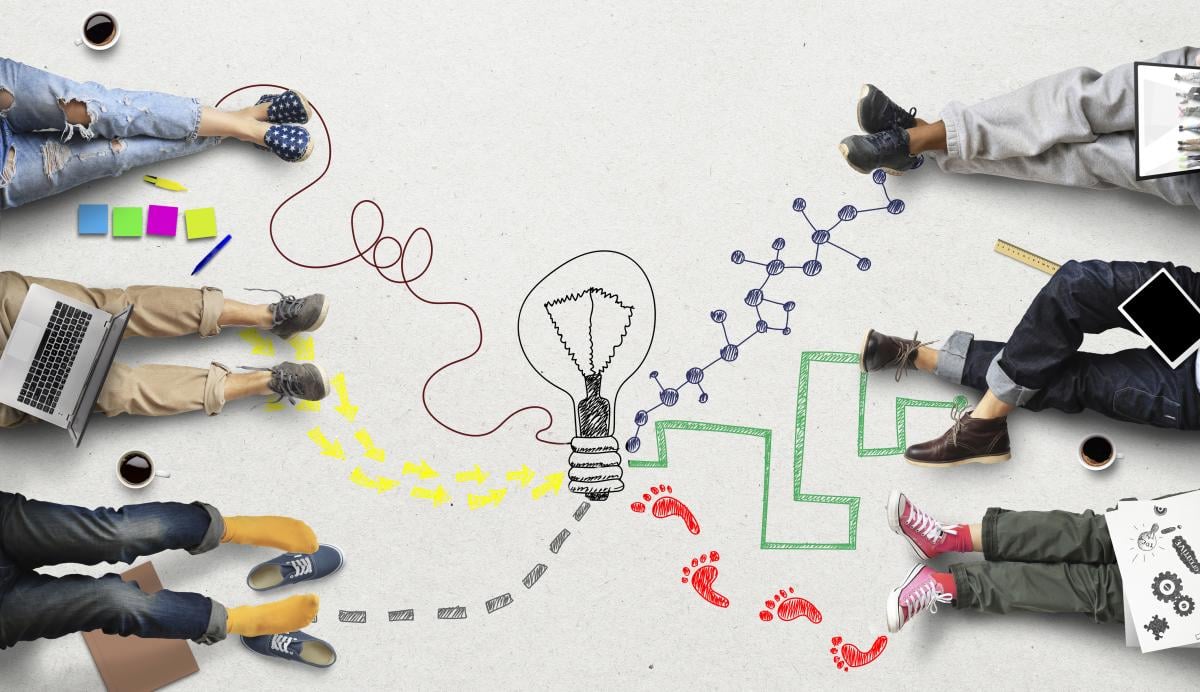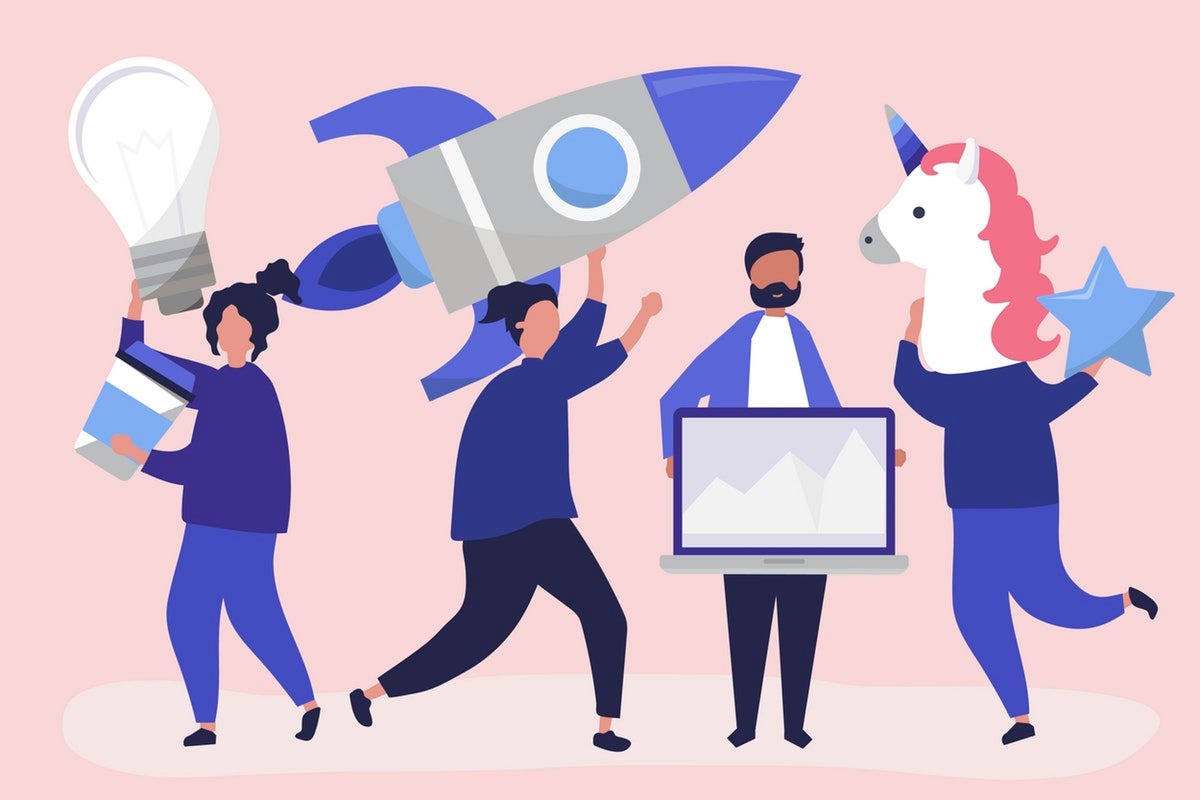
What’s the best way to prepare for the workforce of the future? With news of Amazon, JPMorgan Chase, and others investing billions in training, you’d be forgiven for thinking the answer is simply “reskilling the workforce.”
And yet, reskilling is only one part of the solution. Creating the workforce of tomorrow requires a holistic approach to learning that enables the continuous development of new skills, a higher level of engagement, and an agile and thoughtful response to ongoing change. This, in turn, requires putting learning at the very core of the entire organization.
Vanguard organizations are already preparing the workforce by making learning foundational. Your organization can begin to do the same by taking these four action steps:
1. Make learning opportunities available to everyone in your complex demographic landscape.

Today’s workplace demographics are complex, composed of multiple generations with varying experience levels, specialization, tenure and learning preferences. HR practitioners must now determine how to leverage people, process, and technology around this workforce.
Globalization also affects employee learning and development. Workforces in different countries may need instruction that is sensitive to varied cultural and language preferences; remote employees need access to mobile learning and development tools. Similarly, the rise of part-time and gig employees requires organizations to think beyond traditional, synchronous, and on-location training.
Action: Increase engagement and productivity—and facilitate a valuable sense of community and collaboration—by providing training and career development opportunities to the entire workforce, including in-house, remote, global, part-time, and even gig workers.
2. Democratize talent with teams.

Today, an organization’s ability to pivot in the marketplace depends on agility—and agility requires a workforce that is networked and collaborative, i.e., team-based. Teams, unlike the traditional (and rigid) corporate hierarchy of the past, can form, dissolve and morph as needed to meet new and changing business needs.
Team-based structures also more effectively harness the expertise and wisdom of all employees, at all levels. In a team-based structure, someone may have only one year of experience, but they may also have the right expertise to contribute to a team’s success or even lead a team. And that’s the big “Aha!” moment, realizing that anyone can step up to contribute or lead.
Action: Democratizing talent means giving all employees an opportunity to contribute, regardless of tenure, assuming they have evidence-based knowledge and insights to share. Don’t dismiss employees’ perspectives or ideas based on age, tenure or role.
3. Understand and enable “learning while working.”

How can workers continue to be relevant amid the increased use of AI, cognitive technologies and other disruptors to traditional workflows? By engaging in continuous learning. For organizations, this requires making learning available within the flow of work, moving development from the periphery of the employee experience—day-long courses, five-minute videos, synchronous and asynchronous e-learning—to its core. You deliver learning opportunities directly to employees and make them conveniently accessible at all times. The right technology can make learning a natural part of everyday tasks and eliminate the time employees are physically or cognitively separate from work.
Action: Use tools designed to make learning integral to everyday work life. Consider technologies that not only ensure content is relevant for each individual but also integrate learning opportunities directly into daily work tools, e.g., Microsoft Office, Slack, and Salesforce.
4. Apply programs, solutions, and technologies designed to optimize collaborative learning.

Collaborative learning, when done right, accelerates the collective intelligence of an organization—a potentially powerful competitive differentiator in an era of constant change. When people come together to solve a business problem, you gain greater organizational intellectual property and intelligence than if you were to ask each person to solve the problem individually. It’s the same with learning. When people learn together, they become collectively something greater by hearing and responding to each other’s insights and informed observations.
Action: Better manage and distribute informal knowledge and employee insights. Employ collaborative learning technologies to make individual experience, wisdom, and insight available to a large, distributed learning population.






